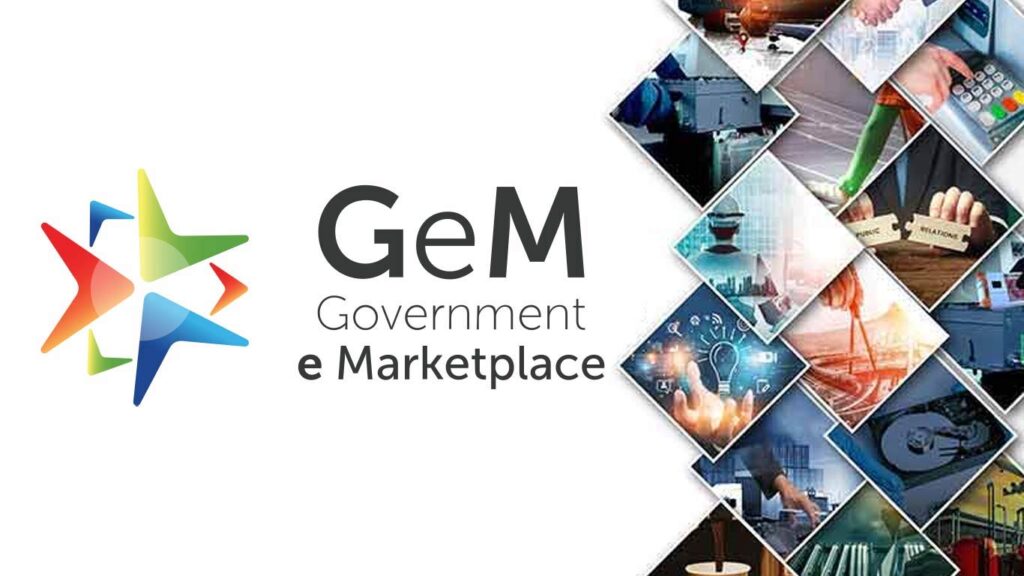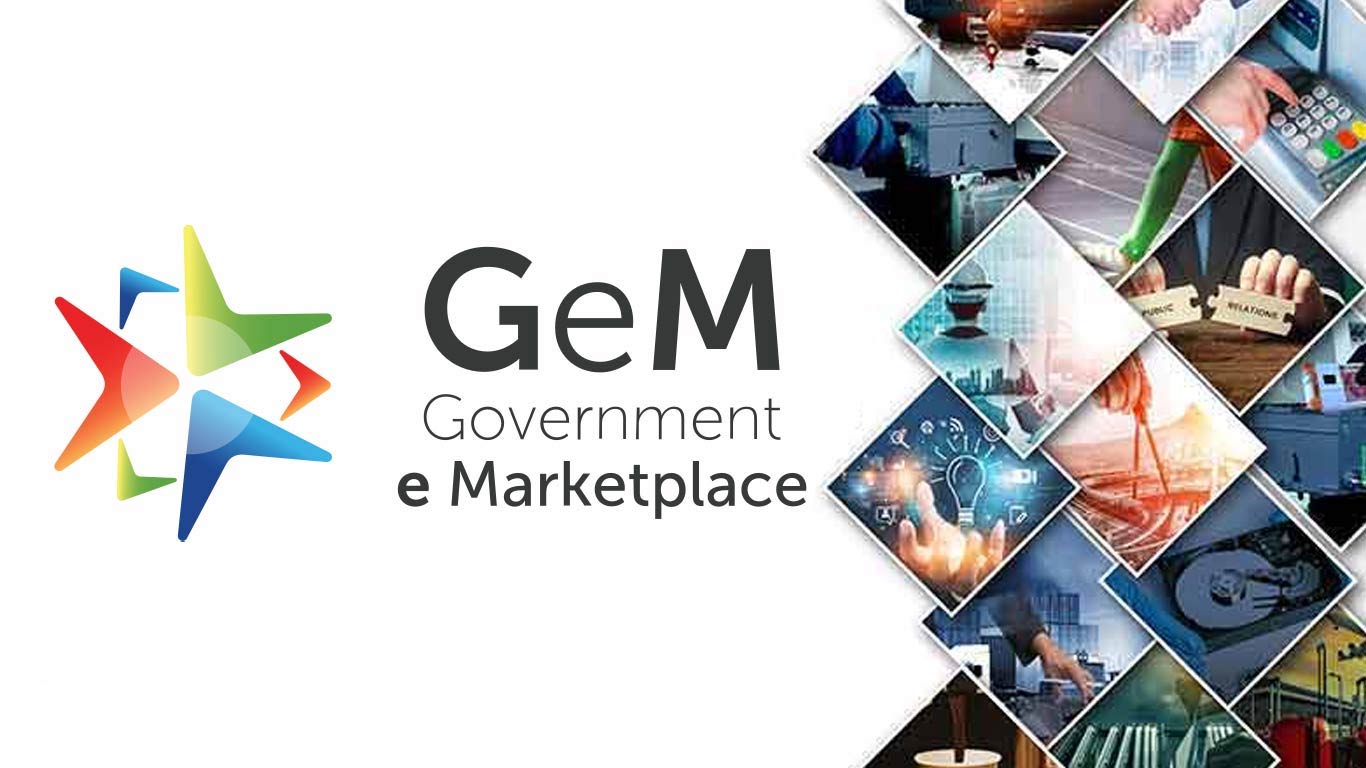
The Government of Madhya Pradesh has announced plans to expand the use of the Government e-Marketplace (GeM) platform for public procurement, reinforcing its commitment to transparency, efficiency, and accountability in government purchases. The initiative is part of a broader strategy to strengthen digital governance and ensure fair competition among suppliers.
Key Highlights
Under the new directive, all state departments, boards, and corporations will be encouraged to conduct a larger share of their purchases through the GeM portal. This move aims to eliminate manual tendering processes, reduce corruption risks, and bring greater visibility to procurement activities.
Officials from the state finance department confirmed that the expansion will include both goods and service procurement, covering essential sectors such as education, healthcare, infrastructure, and administration. Training sessions for department officials are also being planned to ensure smooth adoption of the platform.
The GeM portal allows real-time comparison of prices, ratings, and vendor performance, helping government bodies make cost-effective and data-driven decisions. The integration with online payment systems and automated contract management further enhances operational transparency.
Impact on Governance and Economy
By increasing procurement through GeM, Madhya Pradesh aims to boost efficiency, minimize delays, and improve supplier participation, particularly from Micro, Small, and Medium Enterprises (MSMEs). This is expected to drive local entrepreneurship and strengthen the state’s economic ecosystem through more inclusive opportunities.
India Advocacy Insight
The state’s decision to scale up GeM-based procurement marks a crucial step toward digital transformation in public governance. With improved monitoring, accountability, and reduced administrative costs, Madhya Pradesh is setting an example for other states to follow in building a transparent, technology-driven procurement system that aligns with India’s broader vision of smart governance and digital transparency.
![]()




